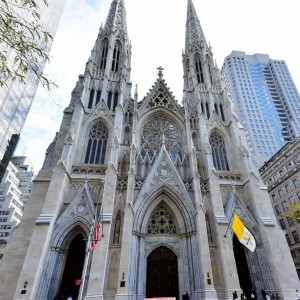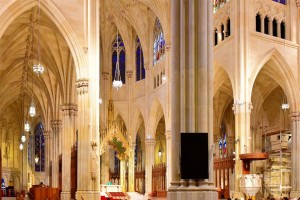Over the course of the semester, PCURs will explain how they found their place in research. We present these to you as a series called The Project That Made Me a Researcher. As any undergraduate knows, the transition from ‘doing a research project’ to thinking of yourself as a researcher is an exciting and highly individualized phenomenon. Here, Emma shares her story.
~~~~~~
Every researcher has a moment when they realize that their scholarly voice and independent discoveries matter outside of the classroom. For me, this moment came when I took a year-long journalism course as a sophomore in high school. My high school self-identifies as progressive and implements a unique pedagogic approach that emphasizes learning by doing. The journalism course closely fit that theme; instead of reading sample pieces and discussing what defines good journalism, we immediately jumped into the process of writing articles.

My first two articles—each about one page long—were relatively uncomplicated. I wrote about topics that I found interesting, but didn’t push myself to see my subjects in a new or distinct way. My mom was the only person I interviewed throughout the entire research process. The third assignment, however, called for much more involved and independent research. Our teacher instructed each of us to pick a topic of our choice and spend the entire second semester researching and writing about it. He explained that all of this work would culminate in a twenty-page New York Magazine-esque article due at the end of the year. Throughout the semester, we would only meet for a fraction of our class periods and the other time would be set-aside for us to conduct individual research off-campus.
I chose to research Saint Patrick’s Cathedral (SPC) in Manhattan. The Cathedral was constantly in the news due to building renovations that commenced that year and the elevation of resident Archbishop of New York, Timothy M. Dolan, to Cardinal prelate. Amidst all of the publicity, I wanted to immerse myself in this dialogue and develop a multifaceted, broad understanding of the Cathedral’s evolution.
For months, I went to mass services, researched SPC’s history and read everything on the Internet pertaining to the Cathedral. I conducted interviews with churchgoers, tourists, priests, musicians, specialists and even a close friend of Cardinal Dolan. I took hundreds of pages of notes, snapped pictures of the Cathedral from every possible angle and wrote draft after draft. By the end of the year, I had produced a twenty-plus-page article delineating the roles that SPC takes on in a variety of communities, including New York City, the national and international Catholic Church, America’s conservative political scene, and the tourist industry. But most importantly, by the end of the year, I had become a researcher.

Before starting this assignment, I had done tons of academic work that my teachers loosely labeled as “research,” but I had never tackled a project that involved contributing to a scholarly discussion outside of the classroom. When researching for this project, I had to develop my own unique perspective and find a place for it within the existing literature on Saint Patrick’s Cathedral. While the assignments I had done in the past required me to reproduce common, textbook arguments as a writing and research exercise, this article allowed me to contribute to a culturally relevant field. For the first time, I felt that my voice mattered outside of the classroom. Moreover, because I had so much freedom throughout the research process, I felt that my final draft was entirely my own; I had independently constructed a distinct set of findings that were valuable in a larger context.
Becoming a “researcher” was not an easy process. Developing a unique perspective that could stand on its own outside of the classroom required me to think outside of the box and come to my own conclusions. I was forced to leave my comfort zone and ask questions that could not simply be answered by reading a chapter in my textbook. But by pushing myself in this way, I started to see how my individual understanding could fit into a greater discussion. Ultimately, it allowed me to find my voice as a researcher.
— Emma Kaeser, Social Sciences Correspondent

